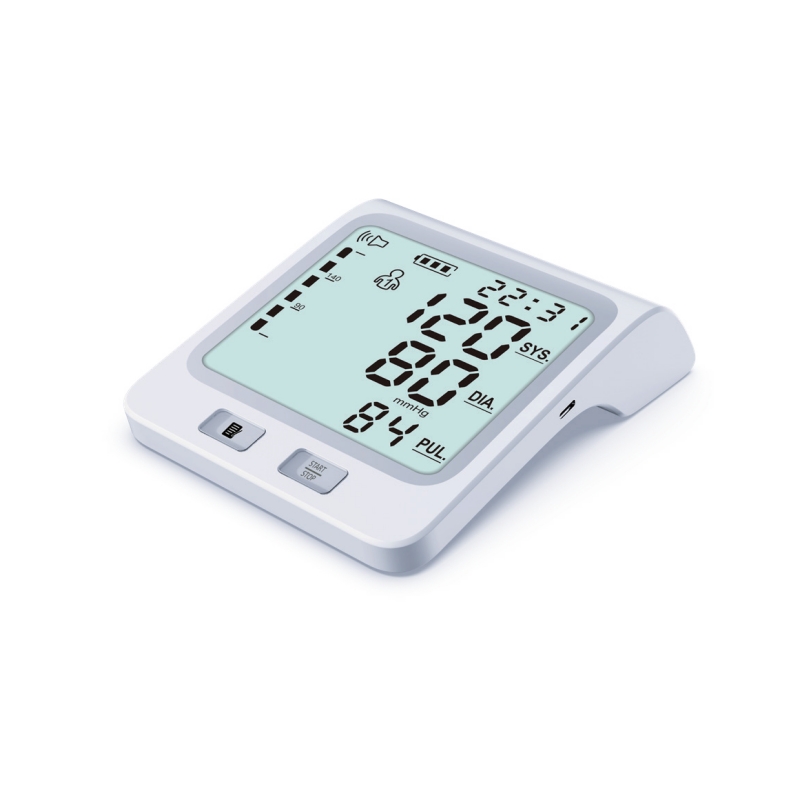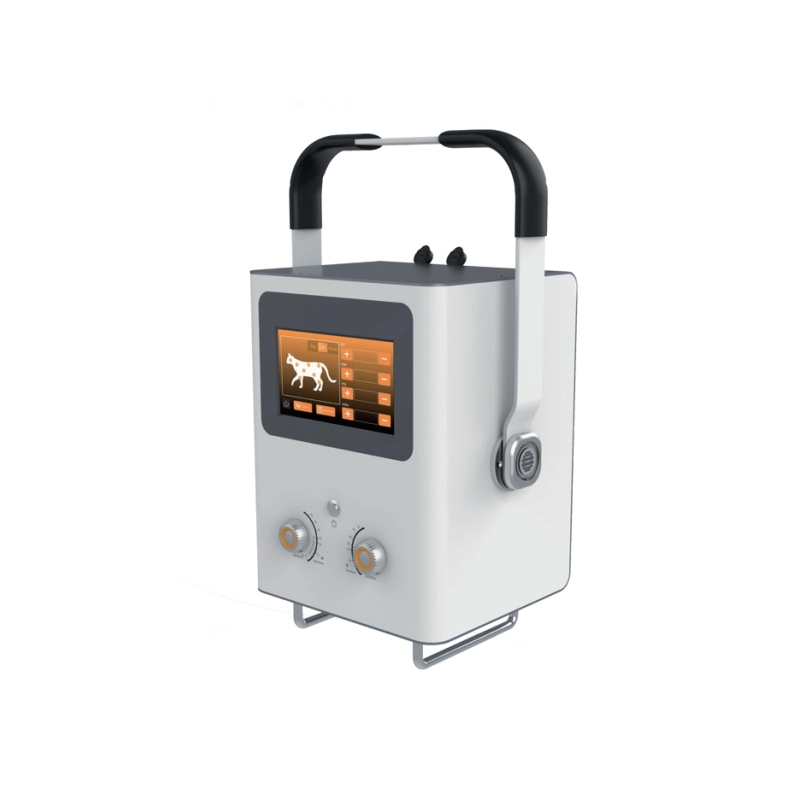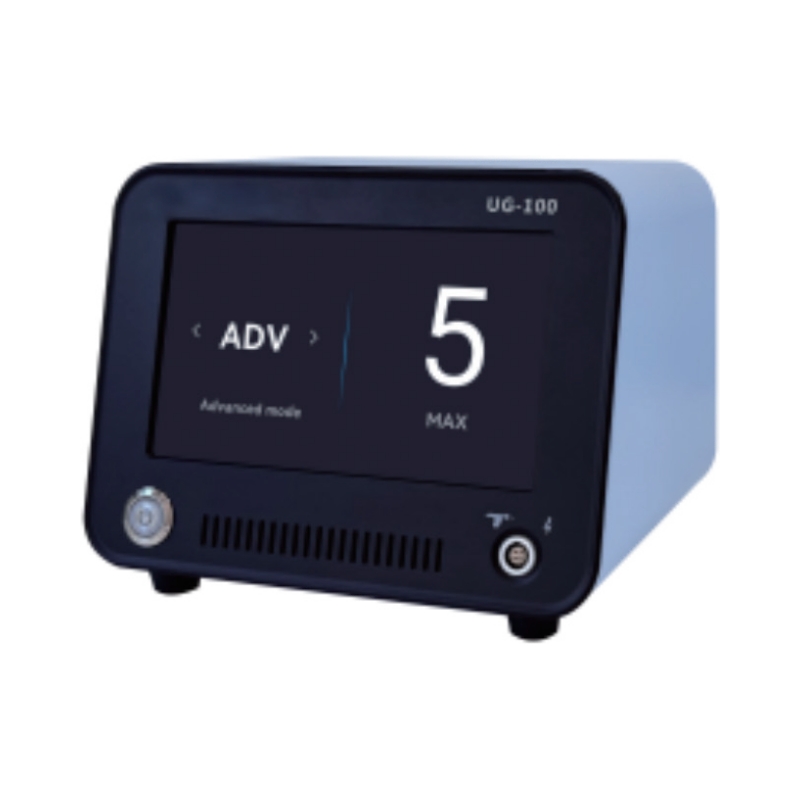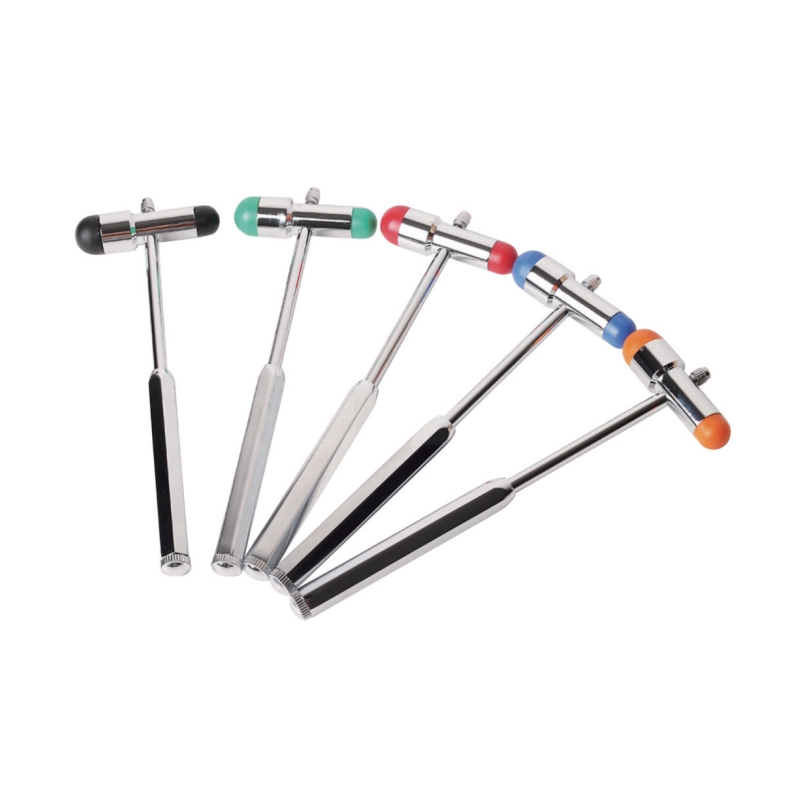What is a Heart Attack?
What is a Heart Attack?
What is a Heart Attack?
A heart attack begins with a sudden feeling of tightness and pain in the chest. It is a condition in which the heart tissue is damaged due to the inability of sufficient oxygen to reach the heart muscle due to the blockage in the arteries that feed the heart.
What are the symptoms of a heart attack?
There are many symptoms of a heart attack. Severe chest pain is the most obvious symptom. This pain may spread to the jaw, shoulder, arm, back, abdomen or neck. Sudden dizziness, cold sweats, shortness of breath, numbness in the right arm or numbness in the fingers of the left hand are among the symptoms of a heart attack.
What are the Types of Heart Attack?
Types of heart attacks are:
STEMI: This type of heart attack is severe and requires immediate attention. It is a crisis that occurs when the coronary artery is completely occluded. May cause damage to the heart muscle.
NSTEMI: This type of heart attack is the type of crisis that occurs when the coronary artery is partially damaged and the blood flow is restricted. Although this type of heart attack is less dangerous, it can cause permanent damage.
Coronary Artery Spasm: This type is also called “silent heart attack”. Arteries connected to the heart vessels are formed by blocking the blood flow to the heart or as a result of decreased flow. While it is less painful, it does not cause permanent damage.
What are the Causes of Heart Attack?
There are many factors that can cause a heart attack. These:
Hypertension,
Obesity,
Lack of physical activity (immobility),
Tobacco, alcohol and substance use,
Diabetic problems,
Genetic factors,
Cholesterol disease.
Heart Attack Diagnosis
The path followed after the symptoms of a heart attack is a process that plays a vital role in making the diagnosis. EKG is one of the first tests performed in this process. Thanks to blood tests, some enzymes and proteins that mix with the blood are detected. Angiography is an important tool in the diagnosis and treatment of heart attack. During this intervention, the heart vessels are examined through a thin wire from the vessels. If occlusion is detected, the veins are opened. It is aimed to preserve the patency after angioplasty with balloon applications and stent.
Heart Attack Treatment Methods
The most important thing in the treatment of heart attack is early diagnosis. Angiography is an important tool in the diagnosis and treatment of heart attack. If obstruction is detected, the veins are cleared of plaque and clot and opened. It is aimed to preserve the patency after angioplasty with balloon applications and stent.
In this treatment process, which is performed to heal the constricted vessels, drugs that prevent blood clotting, oxygen therapy, thrombolytic (clot-dissolving) drugs and treatments to relieve chest pain are applied. In addition, the patient should listen a lot and stay away from stress after the first intervention.
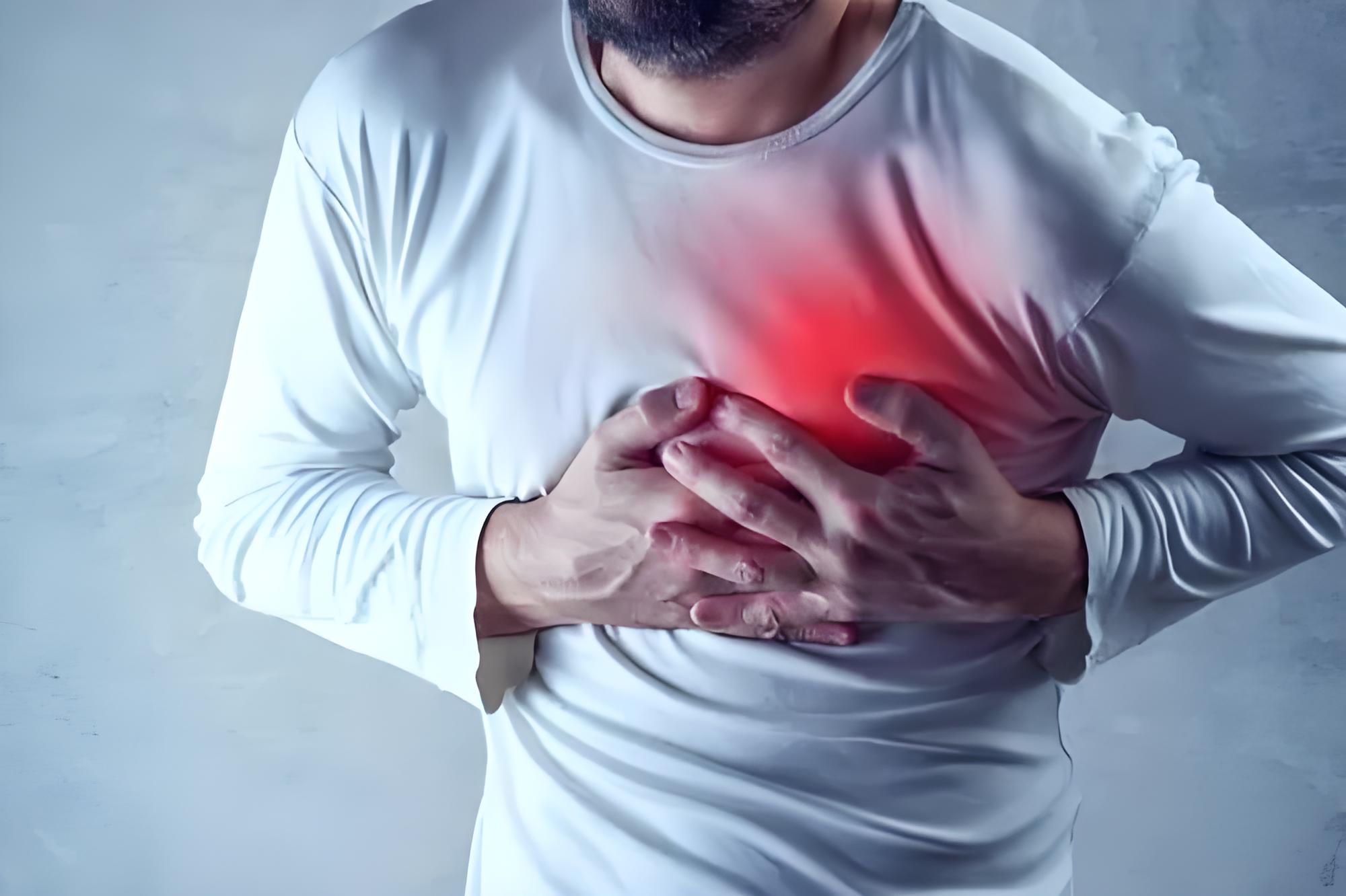

 English
English Spanish
Spanish Turkish
Turkish
